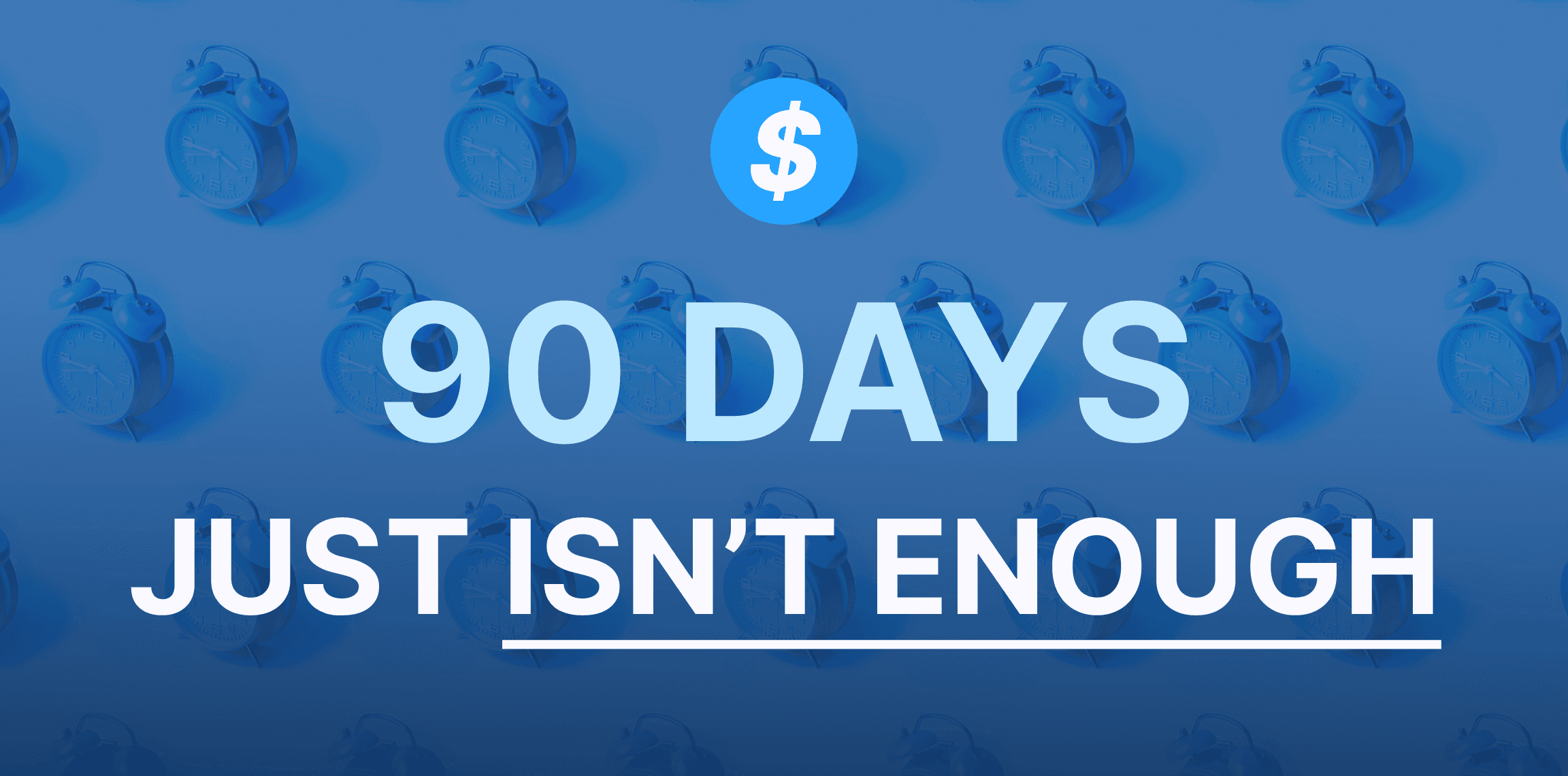Think you can complete your BEAD application in 90 days? Think again.
January 18, 2024
If you're waiting for your state's application, you'll be too late.

Recapping the 2023 broadband year in review centers on the Broadband Equity, Access and Deployment program, the $42.5 billion last-mile broadband program under the Infrastructure Investment and Jobs Act.
Among the topics that will be discussed in the broadband community in the end-of-year bash on Friday, December 15, 2023, at 1 p.m. ET include the following:
1. Broadband Maps and the Evolution to the Data-Driven State Broadband Office
State broadband offices across the U.S. are now currently finalizing their initial proposals, after nearly a year of back-and-forth with first the Federal Communications Commission and then the National Telecommunications and Information Administration over data about broadband serviceable locations.
As part of the BEAD program, state broadband offices need to ensure that maps identify all unserved locations (those that do not receive 25 Mbps down by 3 Mbps up) as well as all underserved locations, or those that do not receive 100 Mbps by 20 Mbps.
Particularly in the early months of 2023, state broadband offices began shifting from a narrow focus on mapping to a more wholistic approach where smart, data-driven states found the need to ingest, analyze and process far more information than merely broadband locations on a map from the FCC.
2. Allocation Awards to State Broadband Offices
Midway through the year, in a White House ceremony on June 26, 2023, President Joe Biden announced the award amount to states under the BEAD program. Texas and California received the largest awards, with $3.3 billion and $1.8 billion, respectively, but 19 states received more than $1 billion each, including Alabama, Georgia, Louisiana, Michigan, Missouri, North Carolina, Texas, Virginia, and Washington.
By late November, all 56 states and territories had released their proposals for public comment in their states, a necessary step before being officially submitted to the NTIA by December 27. Louisiana and Virginia were two states whose initial proposals (volume 1) have already been approved by NTIA.
In general, Volume 1 details how states will ground-truth broadband coverage data, and approval of the volume by NTIA kicks off the challenge process on states’ broadband availability. Volume 2 outlines states’ plans for administering grant programs with their BEAD funds. That includes provisions like how grant applications will be scored, financing requirements, and the price at which states will start to consider technology other than the fiber-optic cable favored by the program.
States are able to submit volume 1 before volume 2, an effort by the NTIA to get challenge processes started and expedite the program’s process. This is driven by a sense of urgency: State broadband offices have only 365 days to award funds to broadband providers after their post-challenge process proposals are approved by NTIA.
3. Middle Mile Awards
On June 16, NTIA announced $930 million in funding for middle-mile broadband, nearly all of the $1 billion available for such projects under the bipartisan infrastructure law.
In all, 35 projects were announced by the Commerce Departments, and these projects will cover 350 counties in 35 states and Puerto Rico. The states receiving the largest funds for these middle mile projects are Alaska, California, Texas, Michigan, New Mexico, Nevada and Kansas.
Grants ranged from $2.7 million to $88.8 million, and are expected to deploy more than 12,000 miles of new fiber. Because of what turned out to be a 93 percent match component, awardees contributed an extra $848 million in outside funding to these projects.
4. Buy America Rules in Broadband Infrastructure
In August 22, 2023, the U.S. Department of Commerce issued a limited draft waiver for some parts of the "Buy America" rules for BEAD. More significantly, the more worrisome aspects of the rules were resolved by private investment onshore. For example, analysts expressed optimism that Nokia’s announcement of an extensive fiber electronics manufacturing facility in the United States would alleviate concerns about current Buy America requirements for federal investment.
As part of the IIJA as passed in November 2021, projects receiving federal funding needed to obtain at least 55 percent of their component by cost in the United States. The proposed waiver preserves that cost requirement for fiber optic cables, but removes the requirements for all electronics equipment used in fiber-optic technologies with the exception of four specific categories of fiber-optic equipment. But for industry onshore announcement, that would have been a concern for broadband builders under BEAD.
5. Letter of Credit and Performance Bond
After considerable criticism by industry stakeholders, the NTIA on November 1 released alternatives to the letter of credit requirement for BEAD. Program rules had required that broadband providers produce a letter of credit from a bank for 25 percent of the amount they are awarded. That involved putting the cash up as collateral, which critics have said could prevent small broadband providers from participating.
With the NTIA’s new “conditional programmatic waiver,” states and territories will have other options to ensure the financial reliability of BEAD grants. Those include requiring a performance bond for the full award, which the awardee only pays out if they fail to meet their build out requirements.
The waiver allows states and territories to use completion milestones to lower letter of credit amounts over time, meaning the LOC could decrease from 25 percent of the grant as infrastructure is deployed, freeing up money for grant recipients to use in their BEAD projects. That option can also apply to performance bonds.
The agency is also doing away with the 25 percent starting point, allowing the letter to be as low as 10 percent under certain circumstances, as well as accepting letters of credit from credit unions.
6. Digital Discrimination and Broadband Affordability
One important aspect of the dialogue around BEAD over the past year concerns the importance of digital equity, and the prevention of digital discrimination. In November 2023, the FCC adopted new rules to prevent and eliminate digital discrimination. Following the urging of the NTIA, the FCC adopted a definition of digital discrimination that includes both disparate treatment (intentional discrimination) and disparate impact (unintentional disparities resulting from a company's policies and practices) on protected groups.
How will this impact BEAD? It’s not 100 percent certain. But it’s plausible that the rules may enhance participation in BEAD.
That’s because of an NTIA clarification that actions in compliance with the requirements of the BEAD Program or other similar federally-funded programs should be considered presumptively lawful under the digital discrimination rules. This means that ISPs are presumed to be in compliance with the new digital discrimination rules as long as they adhere to the program's guidelines.
What other broadband issue do you think should be highlighted from 2023?

January 18, 2024
If you're waiting for your state's application, you'll be too late.

January 09, 2024
The big sky state joins a small list of eligible entities that have kicked off their broadband challenge process.